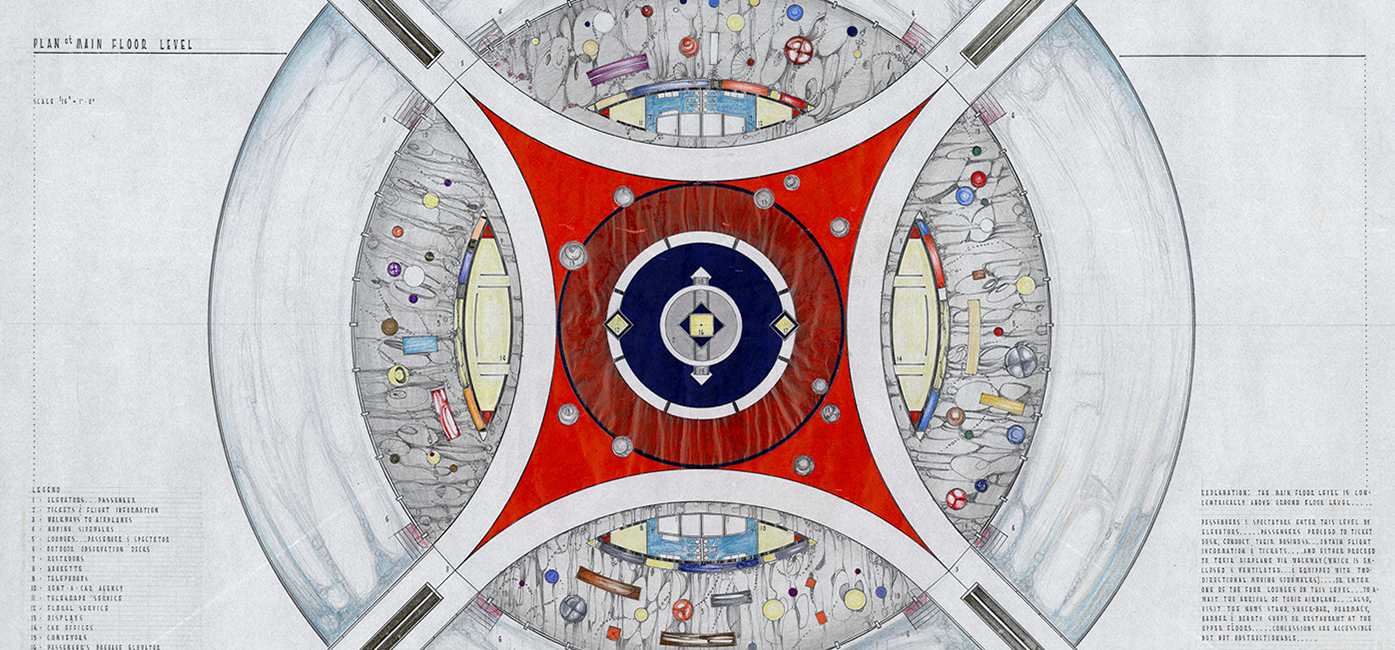

is how the architect Donald MacDonald characterized the school of architecture that developed under the guidance of Bruce Goff and Herb Greene at the University of Oklahoma in the 1950s and '60s.



although a few architecture courses existed in the Engineering College as early as 1922, the School of Architecture was not formally established as a part of the College of Engineering until 1926. The school's first two directors, Joseph Smay (director 1926-1936) and Henry Kamphoeffner (director 1936 -1946) followed the classical approach to architecture. In 1947, Bruce Goff was appointed chairman of the School of Architecture. He shifted the school's design philosophy abruptly from the Beaux Arts model to a focus on developing imagination and creativity within a professional curriculum.



the American School of Architecture developed at the University of Oklahoma under Bruce Goff, Herb Greene and their colleagues in the 1950s and ‘60s. This new approach to teaching design centered on the goal of helping students realize their creative potential as individuals. They were encouraged to develop original responses to site, function and client rather than imitate historical forms or copy abstract art.



both buildings and architectural archives are made of material, some structural, some decorative. Building materials are chosen for their strength, durability, tensile and surface qualities. The stuff of which archives are made have their own physical properties, well suited to their immediate function but liable to deterioration and damage over time.








